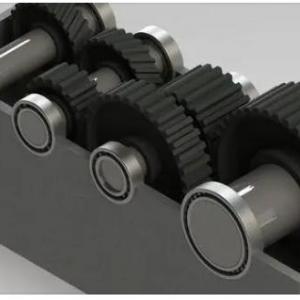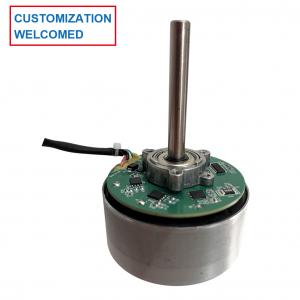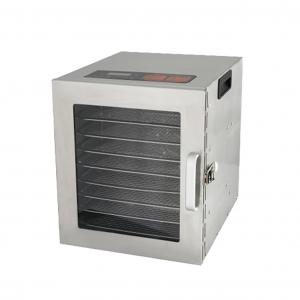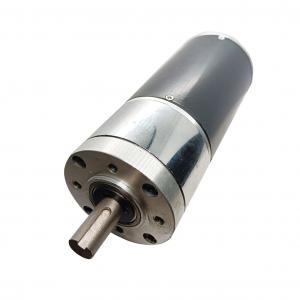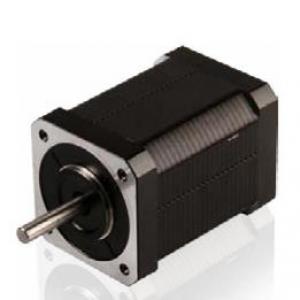Is axial or centrifugal fan better?
Axial Fan vs. Centrifugal Fan: Which Is Better?
In ventilation, cooling, and air handling systems, fans play a crucial role. Among the many types of fans available, axial fans and centrifugal fans are the most commonly used. Although both are designed to move air, they differ significantly in operating principles, performance characteristics, and application scenarios. So, which one is better? This article compares the two types across several dimensions to help you make an informed decision.
1. Working Principle Comparison
Axial Fan
Axial fans move air parallel to the fan’s shaft, similar to how a propeller works. They use rotating blades to push air in the same direction as the fan’s axis and are ideal for scenarios that require high airflow with low pressure.
Centrifugal Fan
Centrifugal fans draw air in axially and then expel it at a 90-degree angle. They use centrifugal force to accelerate the air and convert velocity into pressure, making them suitable for systems with high static pressure, such as ductwork or air filtration setups.
2. Performance Comparison
| Performance Aspect | Axial Fan | Centrifugal Fan |
|---|---|---|
| Airflow Volume | High | Moderate |
| Static Pressure | Low | High |
| Noise Level | Higher (especially at high speed) | Lower (especially in ducted systems) |
| Energy Efficiency | High (in low-resistance systems) | Moderate (but more adaptable) |
| Space Efficiency | Compact | Larger and more complex |
| Installation | Simple | More complex |
| Cost | Lower | Usually higher |
3. Application Scenarios
✔ Axial Fans Are Best For:
-
Cooling electronics (e.g., computers, servers)
-
General ventilation (e.g., garages, factories, tunnels)
-
Air conditioner condensers
-
Cooling towers
✔ Centrifugal Fans Are Best For:
-
Central HVAC and ventilation systems
-
Industrial exhaust and dust collection
-
Clean rooms and fresh air systems
-
Ducted systems or applications with high air resistance
4. How to Choose the Right Fan?
The best choice depends entirely on your system requirements:
-
If you need high airflow, limited space, and low resistance, an axial fan is the better choice.
-
If your system involves ductwork, filters, or high static pressure, you should go for a centrifugal fan.
-
When noise control and efficiency are key, centrifugal fans tend to perform better in enclosed or directed-air systems.
5. Conclusion
There is no one-size-fits-all answer to which fan is better—only which is more suitable for your needs. Axial fans are ideal for open, low-resistance environments due to their high airflow and simplicity. In contrast, centrifugal fans are better suited for complex ventilation systems requiring high pressure and stable performance.
When selecting a fan, consider factors like airflow, pressure, noise level, space, and budget. For critical or large-scale applications, it's recommended to consult an engineer or supplier to ensure optimal system performance.
